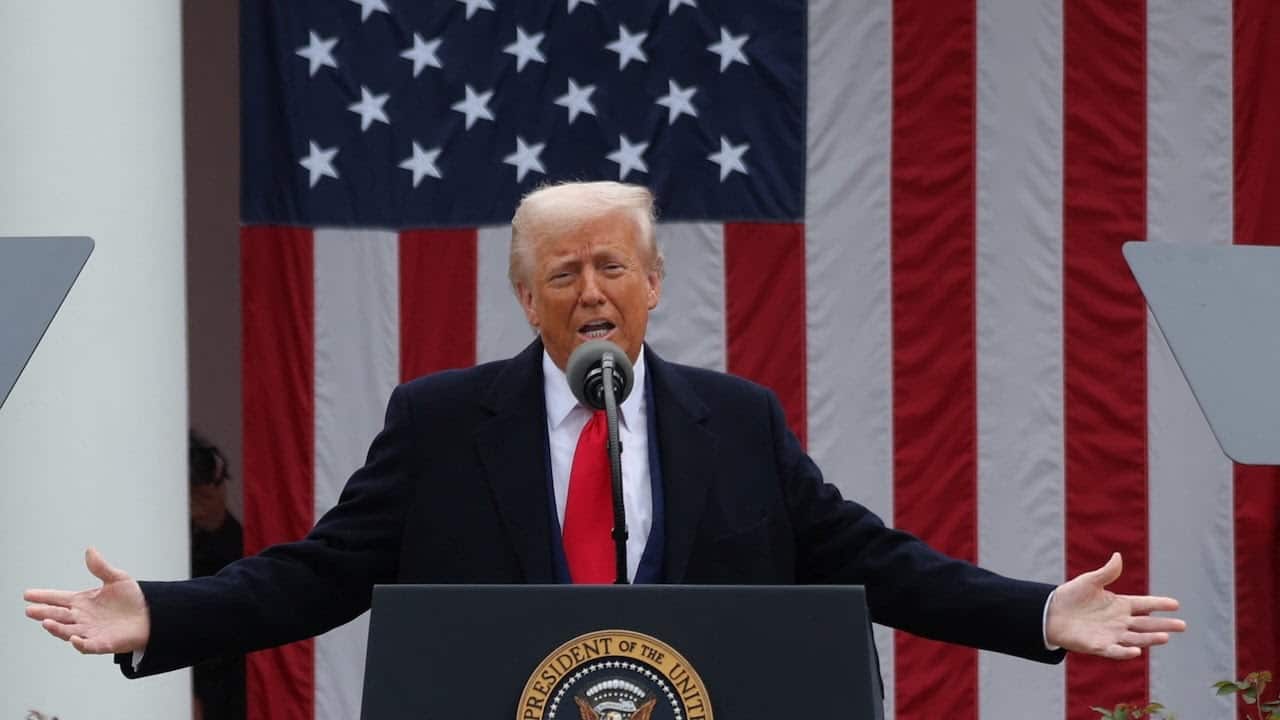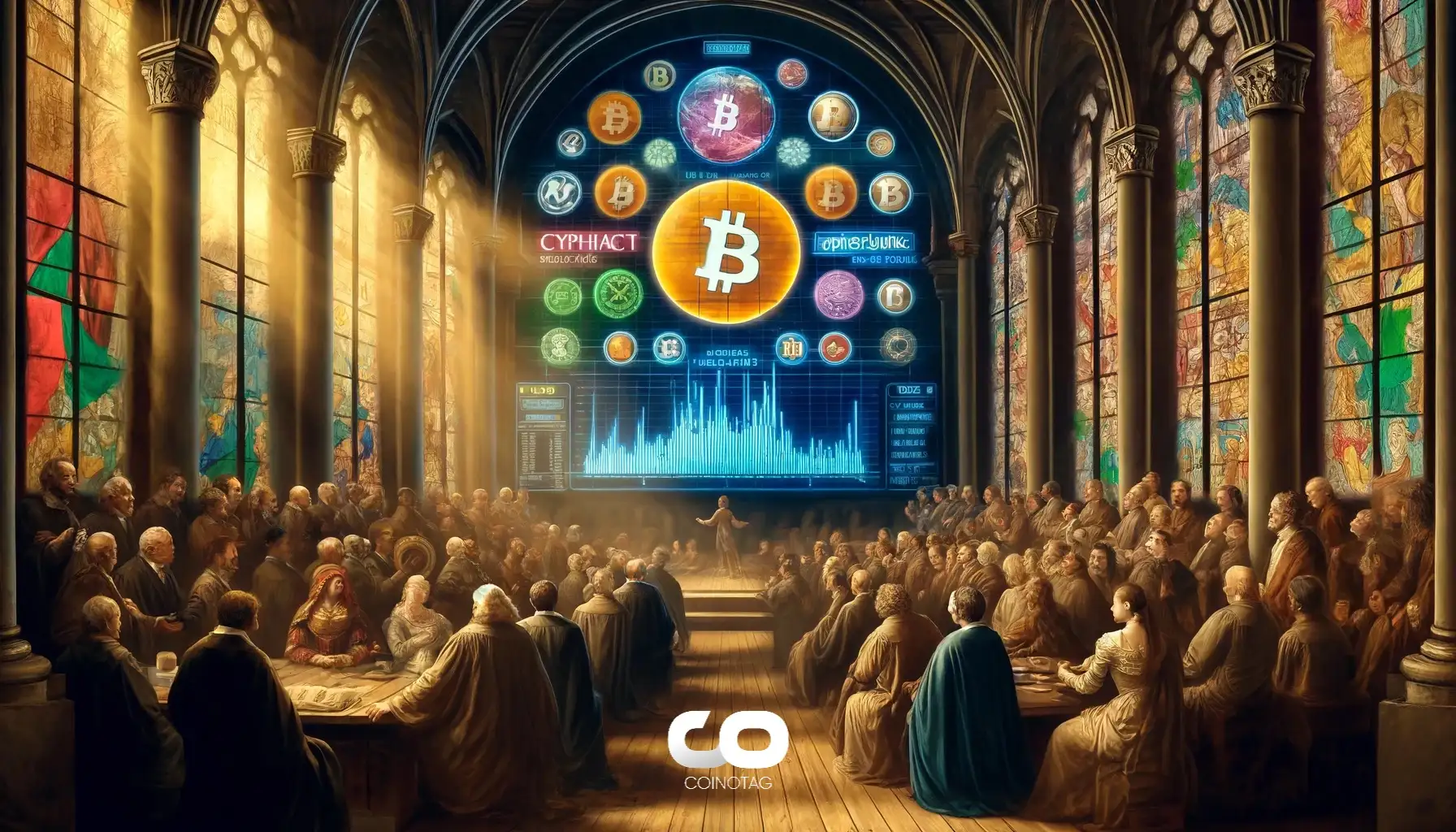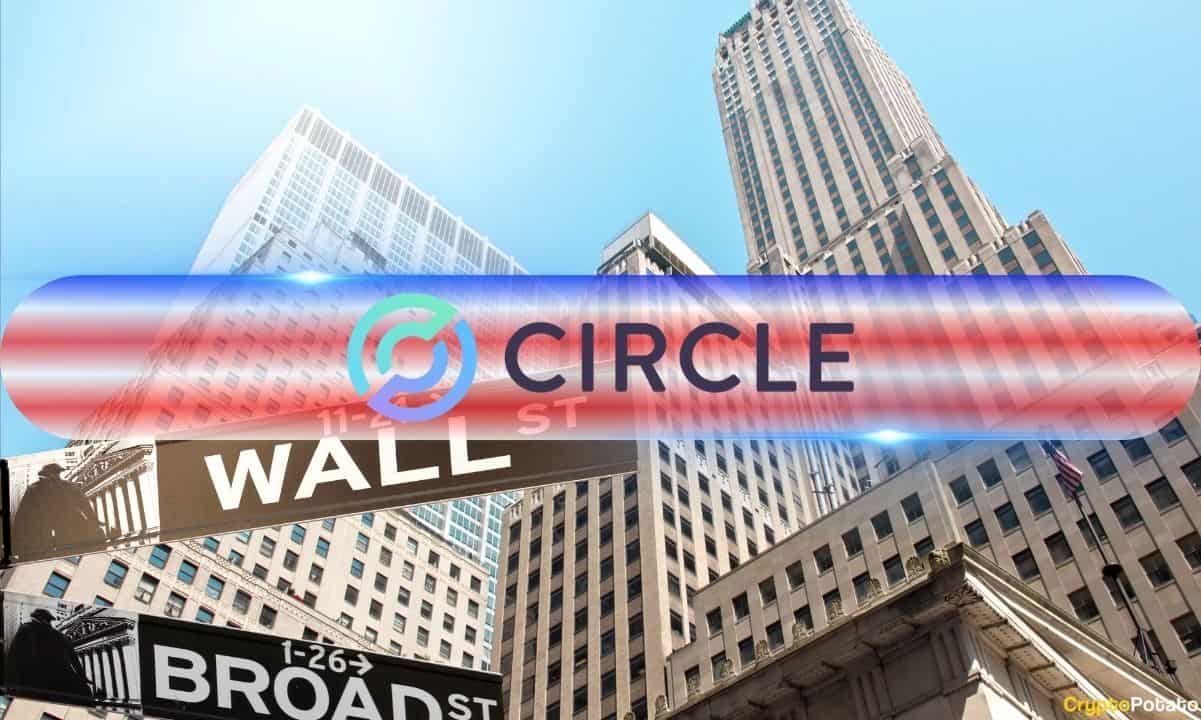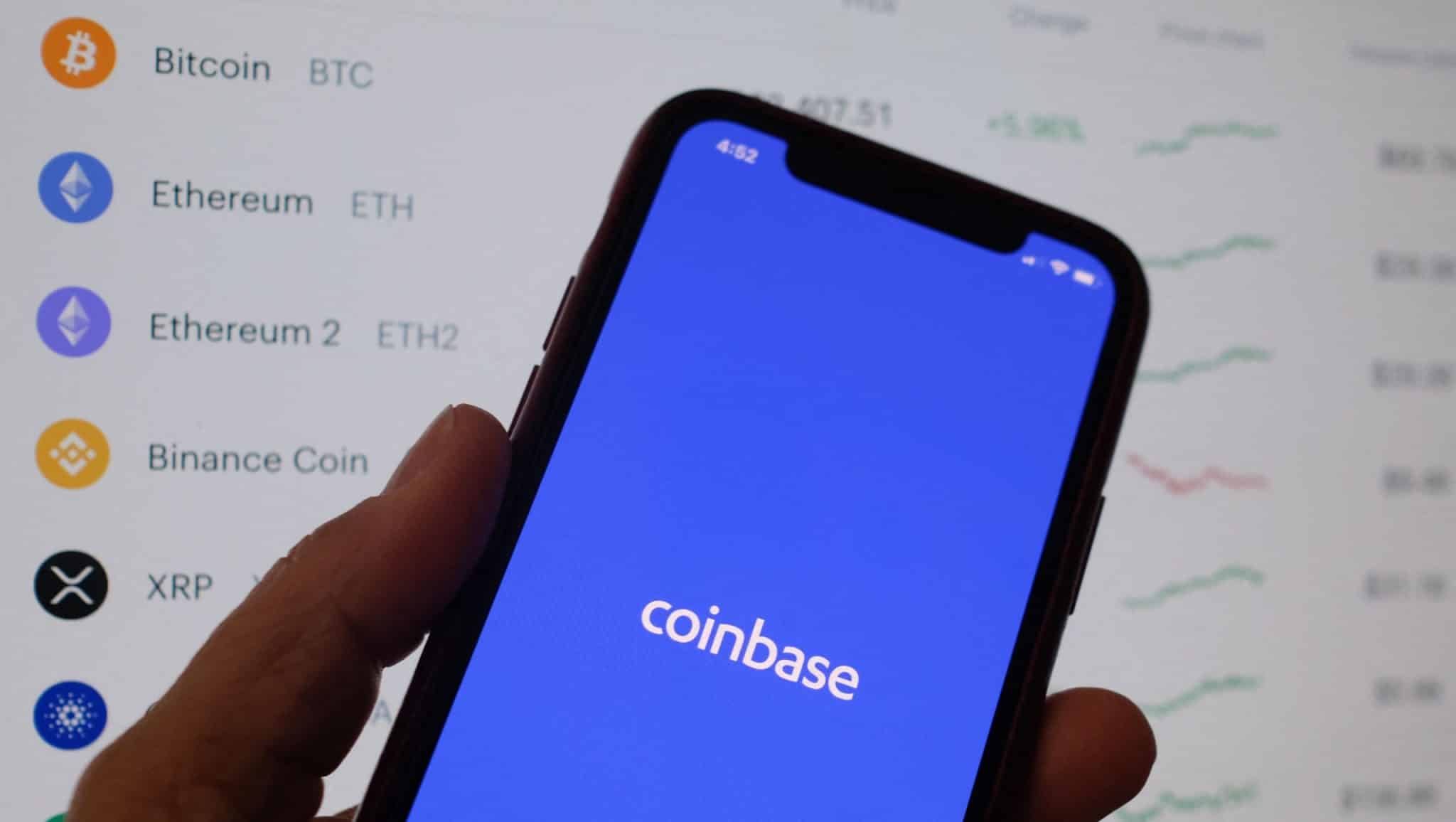The decentralized finance (DeFi) ecosystem uses non-custodial, autonomous financial products to replace centralized middlemen in financial applications such as loans, insurance, and derivatives.
Uniswap is an example of one of the core products in the DeFi ecosystem, the decentralized crypto exchange, or DEX.
DEXs aim to solve many of the problems of centralized exchanges, including the risk of hacking, mismanagement, and arbitrary fees. However, decentralized exchanges have their own problems, mainly lack of liquidity—which means a lack of money sloshing around an exchange that makes trading faster and more efficient.
Uniswap was designed to try and solve decentralized exchanges’ liquidity problem, by allowing the exchange to swap tokens without relying on buyers and sellers creating that liquidity.
Below we explore how Uniswap works—and how it became one of the leading decentralized exchanges built on Ethereum.
What is Uniswap?
Uniswap is an Ethereum protocol that allows users to swap tokens without a middleman.
In other words, unlike most exchanges, which match buyers and sellers to determine prices and execute trades, Uniswap uses a simple math equation and pools of tokens called liquidity pools to do the same job.
The DEX started on the Ethereum mainnet, but has since branched its offerings to more than a dozen EVM-compatible blockchains including Avalanche and BNB Chain, plus popular Ethereum layer-2 networks like Base, Arbitrum, and Optimism.
How does Uniswap work?
Uniswap differentiates itself from major centralized exchanges like Coinbase and Binance by acting as an automated liquidity protocol or automated market maker (AMM).
In other words, the platform allows users to swap in and out of tokens without relying on third parties, instead using liquidity pools of tokens to make trades.
For example, if you wanted to make an exchange for an altcoin called Durian Token, you could launch a new Uniswap smart contract for Durian Token and create a liquidity pool with—for example—$10 worth of Durian Token and $10 worth of ETH.
With this liquidity pool created, a new user could then come and swap in either direction subject to the liquidity.
Where Uniswap differs is that instead of connecting buyers and sellers to determine the price of a token, Uniswap uses a constant equation: x * y = k.
In the equation, x and y represent the quantity of ETH and ERC-20 tokens available in a liquidity pool and k is a constant value. This equation uses the balance between the ETH and ERC-20 tokens—and supply and demand—to determine the price of a particular token. Whenever someone buys Durian Token with ETH, the supply of Durian Token decreases while the supply of ETH increases; as such, the price of Durian Token goes up.
As a result, the price of tokens on Uniswap can only change if trades occur. Essentially, what Uniswap is doing is balancing out the value of tokens, and the swapping of them based on how much people want to buy and sell them.
Uniswap V2 and V3
Though Uniswap launched back in November 2018, it wasn’t until a couple of years later that the protocol began to see significant traction.
The release of Uniswap V2 in May 2020 brought a major upgrade, allowing for direct ERC-20 to ERC-20 token swaps, cutting Wrapped Ether (WETH) out of the equation where possible. Uniswap V2 also added support for previously incompatible ERC-20 tokens like OmiseGo (OMG) and Tether (USDT), and added a host of technical improvements that made it more desirable to use.
As liquidity mining and yield farming platforms dramatically increased in popularity in 2020, Uniswap saw a corresponding surge in interest.
This, in combination with the 0.3% exchange fees distributed to liquidity providers—and the platform’s popularity as a launchpad for popular DeFi project tokens—helped Uniswap rise the ranks to become one of the leading DeFi platforms by total value locked (TVL), a measure of the total value of crypto assets locked up in the platform.
Uniswap V3 launched in May 2021, adding a number of new features. These additions included concentrated liquidity, which enables liquidity providers to allocate liquidity within a custom price range, adding greater flexibility to the roles of liquidity providing.
V3 also added additional fee tiers for LPs and cheaper oracles to ensure the DEX’s price data is constantly up to date.
Uniswap V4 and hooks
After several years of V3, Uniswap underwent a substantial upgrade In January 2025 with the unveiling of Uniswap V4.
The latest version of the Uniswap Protocol focuses on making liquidity pools cheaper, as well as unlocking new development opportunities with the introduction of “hooks.”
Hooks are modular plugins that offer developers deeper customization options, enabling them to customize liquidity pools, fees, and more.
For example, the introduction of a dynamic fee hook allows for fee adjustments based on market conditions, while an auto-rebalancing hook can automatically rebalance a liquidity position for optimization.
Other Uniswap initiatives
In addition to Uniswap V4, the protocol has overseen a number of other major initiatives, including the development of its own blockchain and wallet products.
Unichain
Shortly after the launch of Uniswap V4, in February 2025 Uniswap rolled out the mainnet for its own blockchain, Unichain—an Ethereum layer-2 network built to scale DeFi transactions.
“We’re here to make DeFi faster, cheaper, more decentralized, which is why we launched Unichain to be permissionless from day one,” said Uniswap Labs founder Hayden Adams of the launch.
Although the chain is geared towards DeFi applications, because of its focus on cross-chain compatibility, developers and applications from other networks can easily deploy on Unichain as well, allowing for a more robust ecosystem of applications.
For example, the Survivor-esque experience Crypto: The Game, which was acquired by Uniswap Labs in June 2024, launched its latest season’s NFT access passes on Unichain alongside more than 80 other applications.
Uniswap mobile app and wallet
In April 2023, Uniswap’s mobile application and self-custodial wallet launched on the Apple App Store, enabling iPhone users to make the most of its DeFi products on the go. In October that year, the protocol’s mobile application also made its way into Android’s Google Play Store.
Since then, the application has been upgraded with a handful of features to improve functionality for onboarding and offboarding new crypto users, such as allowing them to purchase crypto via Venmo through a MoonPay integration and offramp from crypto to fiat in the same manner.
UNI token launch and airdrop
In September 2020, Uniswap launched UNI, the network’s governance token, airdropping 400 UNI tokens—nearly $18,000 worth at the token’s peak price—to every wallet address that had interacted with the Uniswap protocol before September 1.
Though the token has fallen 86% from its peak as of April 2025, according to CoinGecko data, the airdrop represented an influx of $6.43 billion worth of UNI tokens at the top, making it the largest ever crypto airdrop.
As a governance token, UNI entitles holders to a vote in how the protocol is run, affording them immediate ownership of Uniswap governance, the UNI community treasury, the protocol fee switch, the Uniswap Default List (tokens.uniswap.eth) and SOCKS liquidity tokens.
Uniswap and the SEC
Like a number of other crypto projects, Uniswap came under scrutiny from the U.S. Securities and Exchange Commission, with the regulator reportedly opening a probe into Uniswap Labs in 2021.
In April 2024, the SEC sent a Wells notice to Uniswap Labs, notifying the firm that it would face a lawsuit over securities charges.
However, in February 2025, Uniswap Labs revealed that the regulator had closed its investigation into the firm without filing charges—one of a number of crypto investigations shuttered by the SEC following the inauguration of Donald Trump.
The firm’s COO Mary-Catherine Lader revealed that Uniswap Labs had spent “tens of millions” in its legal battle with the regulator, while Uniswap Labs CEO Hayden Adams accused the SEC of having pursued its case “despite having no clear legal basis, as part of a strategy of arbitrary enforcement to try to force DeFi into a regulatory framework that doesn’t fit—all while refusing to provide clear rules or a path to compliance.”
The future of Uniswap
Entering 2025, the Uniswap Foundation was optimistic about the protocol’s potential to become “foundational infrastructure for digital value transfer.”
“The Uniswap community is entering 2025 with the momentum of three positive catalysts: a more collaborative regulatory environment, the launch of Uniswap v4, and the debut of Unichain,” wrote the Foundation’s Executive Director Devin Walsh.
The community stood behind that optimism, voting overwhelmingly in favor of governance proposals in March 2025 which earmarked around $177 million to further support the growth of the protocol, with a primary focus on propelling the success of its V4 release and Unichain rollout.
Editor’s note: This story was originally published on June 17, 2021 and last updated with new details on April 1, 2025.
Additional writing by Ki Chong Tran and Daniel Phillips
Daily Debrief Newsletter
Start every day with the top news stories right now, plus original features, a podcast, videos and more.
Decrypt – Read More









